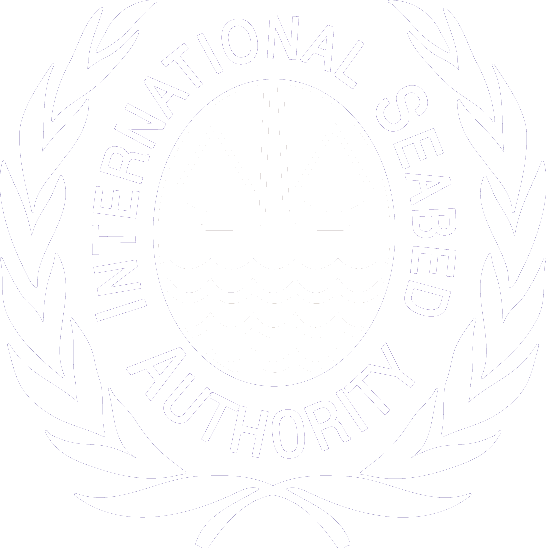Workshop: Design of Impact Reference Zones and Preservation Reference Zones in the Area
27 Sep 2017 - 29 Sep 2017
Berlin, GermanyAgenda | Participants List | Background Document | Presentations | Briefing Paper 02/2018 |
The ISA hosted a workshop on the design of impact reference zones (IRZ) and preservation reference zones (PRZ) in the Area in Berlin, Germany from 27-29 September 2017.
The workshop will be a forum for the ISA, its contractors, and scientific and technical experts to exchange information and develop a common understanding of the key elements of reference area design and monitoring principles applicable to exploitation contracts for deep-sea minerals.
IRZ areas will be used for assessing the effect of each contractor’s activities on the marine environment, whereas in PRZ areas, there will be no mining activity to ensure representative and stable biota of the seabed in order to assess any changes in the flora and fauna of the marine environment.
Workshop objectives will include the development of a reproducible and transparent procedure to:
- Describe, categorize and map the contract areas,
- Select impact and preservation reference zones,
- Deliver baseline information on the selected zones to the ISA and stakeholders,
- Perform monitoring of IRZs and PRZs designations, including post mining monitoring as part of closure plans/Contractor commitment,
- Perform impact assessments,
- File timely reports on the monitoring activities, and,
- Guarantee public accessibility to all work and reports.
The workshop aims to contribute to the required criteria for IRZs and PRZs as an element of environmental monitoring programmes and determine the design and monitoring principles, to help ensure a consistent application of IRZ and PRZ concepts.
- Welcome Address, Michael Lodge
- Workshop Layout, Stefan Bräger
- ISA Regimes for Deep-Sea Mining, Sandor Mulsow
- Historical and Legal Background of IRZ and PRZ, Laleta Davis Mattis
- Species Composition and Taxonomy: Critical Knowledge in Consideration of IRZs and PRZs, Judith Gobin
- Ecosystem Characteristics of Abyssal Nodule Areas, especially in the CCZ, Craig Smith
- Characteristics of Vent Ecosystems Relevant to Reference Zone Design, Anna Metaxas
- Cobalt-Rich Crusts: Ecosystem Characteristics of Seamounts Relevant to Zone Design, Malcolm Clark
- Potential Impacts of Mining on Deep-Sea Benthic Habitats with a Special Focus on Abyssal Nodule Habitats, Andrew Sweetman
- Biogeographic Remarks and Spatial Scales, Andrey Gebruk
- Connectivity using DNA – The Basics, Greg Rouse
- A Systematic and Adaptable Design for Conservation of Mid-Ocean Ridges in the Context of Deep-Sea Mining, Daniel Dunn
- Zoning Experiences from Solwara-1, Samantha Smith
- Zoning Experiences from New Zealand: Some Selected Aspects of Design and Monitoring of Deep-Sea Sites, Malcolm Clark
- Status of the Designation of PRZ and IRZ in DORD’s Licence Area in the CCZ, DORD Co., Japan
- Contractor’s Experiences with PMN Reference Zones, Republic of Korea
- Contractor’s Experiences with PMN Reference Zones, BGR, Germany
- Contractor’s Experiences with PMN Reference Zones, COMRA, China
- The Issue of Scarcity in the Design and Monitoring of IRZ and PRZ, Lenaick Menot
- Molecular Methods for Monitoring in IRZ and PRZ, Greg Rouse
- Experimental Design in the Deep-Sea to Answer Basic Deep-Sea Mining Questions: An Initial Power Analysis, Jeff Ardron, Commonwealth Secretariat
- International Law and Policy Perspectives, Kristina Gjerde, IUCN
- Stakeholder Concerns about Scientific Developments, Matt Gianni, DSCC

